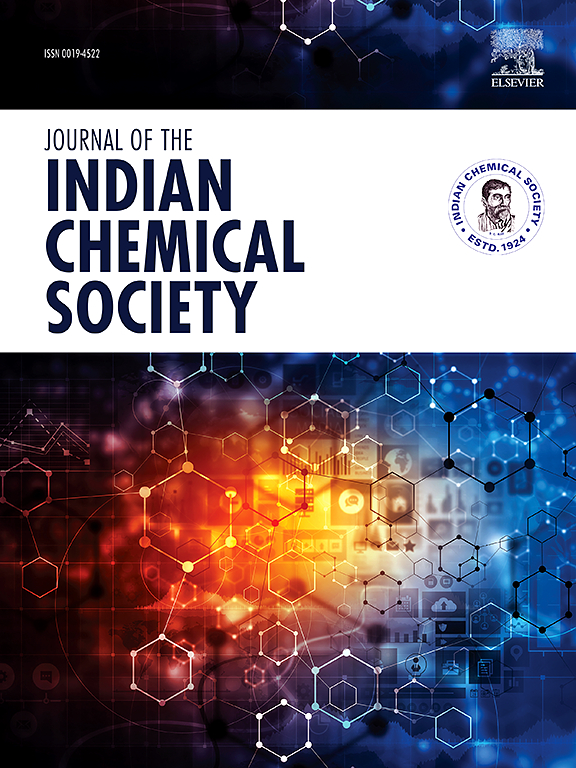Synthesis and characterization of Zn-based quantum dots and investigation of their potential in antibacterial infections
IF 3.2
4区 化学
Q2 CHEMISTRY, MULTIDISCIPLINARY
引用次数: 0
Abstract
The burgeoning field of nanomaterials has spotlighted zinc-based quantum dots (Zn-QDs) as promising antibacterial agents. This review comprehensively analyzes their synthesis methods, characterization techniques, antibacterial mechanisms, and potential applications. Synthesis approaches, such as chemical precipitation, sol-gel processes, and hydrothermal techniques, enable the production of Zn-QDs with controlled sizes (typically 3–6 nm), which exhibit potent antibacterial properties. Characterization tools, including transmission electron microscopy (TEM), scanning electron microscopy (SEM), and UV–Vis spectroscopy, confirm their nanoscale dimensions and distinct optical properties. Among Zn-QDs, ZnO-QDs demonstrate remarkable antibacterial activity by generating reactive oxygen species (ROS) and releasing Zn2⁺ ions, achieving bacterial growth inhibition rates of 85–99 % against pathogens like E. coli and S. aureus. Similarly, ZnS-QDs exhibit ROS-mediated efficacy, with up to 78.25 % inhibition against E. coli when incorporated into polymer films. Advances in doping strategies, such as Co-doped ZnO-QDs and Mg-doped ZnS-QDs, further enhance their antibacterial potency, achieving bacterial growth reductions of 88 % and inhibition zones of up to 24 mm, respectively. This review also addresses critical safety and biocompatibility considerations, emphasizing the need for rigorous evaluations before clinical deployment. Finally, it highlights future research directions, including functionalization with synergistic antibacterial agents and the integration of Zn-QDs into advanced therapeutic systems to overcome current challenges and unlock their full potential.

求助全文
约1分钟内获得全文
求助全文
来源期刊
CiteScore
3.50
自引率
7.70%
发文量
492
审稿时长
3-8 weeks
期刊介绍:
The Journal of the Indian Chemical Society publishes original, fundamental, theorical, experimental research work of highest quality in all areas of chemistry, biochemistry, medicinal chemistry, electrochemistry, agrochemistry, chemical engineering and technology, food chemistry, environmental chemistry, etc.

 求助内容:
求助内容: 应助结果提醒方式:
应助结果提醒方式:


